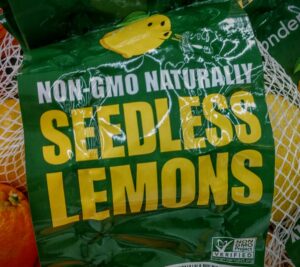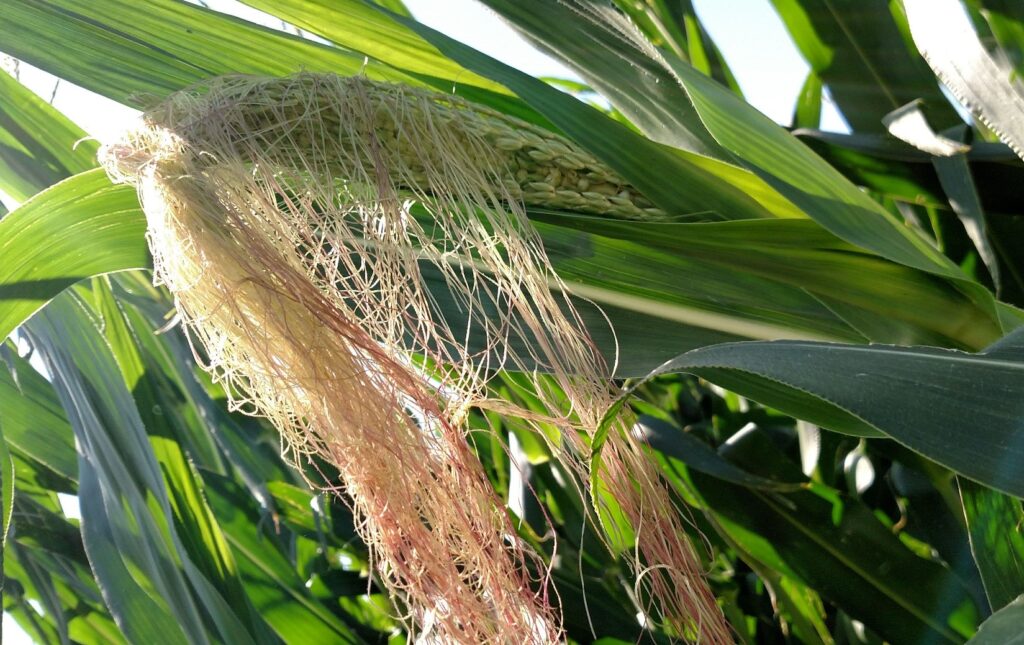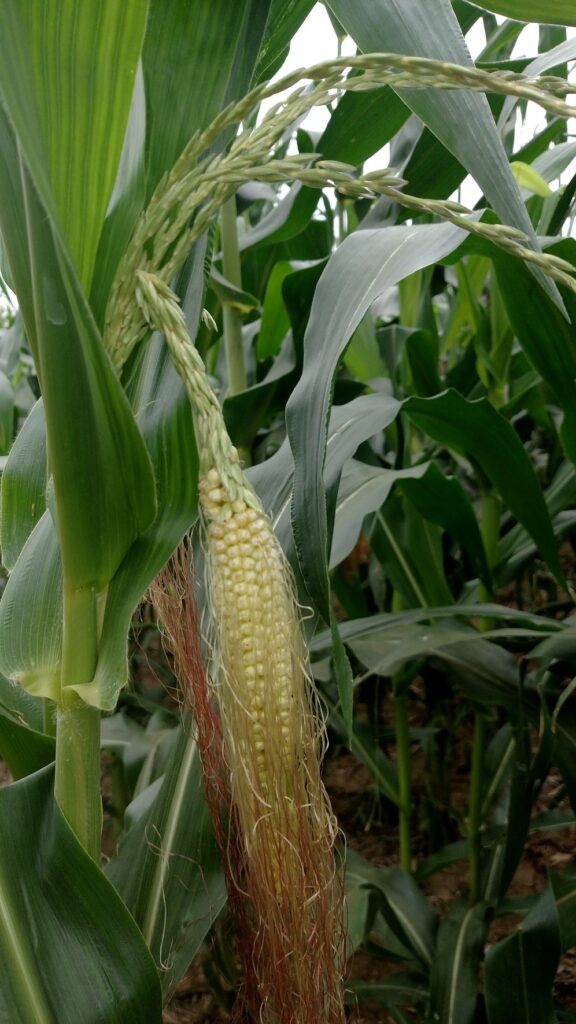Tricky advertising and common instincts in plants
I was walking down the produce aisle in my grocery store last week, grabbing the items from my shopping list derived from my planned menu for the upcoming few days. I had sent my husband on a mission for yellow onions, and I was going to look for fresh broccoli. As I turned and looked up, a package caught my eye. A bag of organic lemons. They weren’t on my list, and I don’t find it necessary to pay extra for the fancy “organic” word—those are expensive letters! What caught my eye wasn’t that they were any better than the regular lemons—there was no visual difference, actually. It was the wording on the package. I was so amused that I laughed out loud, and even pulled out my phone to snap a photo:

[First of all, a short comment about the “non-GMO”. Yeah, so your lemons weren’t beamed down from the Starship Enterprise and created from an alien species. Well, good for you. Ha. Not going into that with this blog. And I definitely wouldn’t pay extra for those words to be printed on a package, either.]
What I laughed about was the “naturally seedless” part. Have you heard people say the word oxymoron? Then go on to use the phrases such as “jumbo shrimp”, “wise man”, “unbiased opinion”, and “genuine imitation”? Well, folks, add “naturally seedless” to the list.
What is Mother Nature’s one goal for EVERY SINGLE PLANT on this earth, regardless of where it is grown, why it is growing, how long it grows, or what it looks like? For that matter, Mother Nature’s goal for every living species on this earth…….
……is to reproduce.
A lemon is a fruit that grows on a tree. A fruit is “a ripened, thickened ovary of a flower, which protects dormant seeds and aids in their dispersal”, according to my college Biology textbook.
So every time you bite into an apple or an orange or a squeeze a lemon, you’re handling someone’s ovary. Yup. You read that right. Plants have ovaries, just like people. The seeds are their babies. Mother Nature intends for each plant to develop progeny; that is why each lemon tree develops fruit with seeds—so little trees can emerge and take over when the parent tree gets too old.
So a lemon without seeds? That’s just not natural.
**************************************************************
If a plant has an ovary, it means it has to get fertilized, right? I mean, we were all taught about the sperm and the egg. You can’t have a baby without both. So if the fruit is the ovary, what the heck is the plant’s sperm?
Well, ahem, do you sneeze a lot during the times that flowers are wide open and blooming? Have you heard someone say they have “hay fever”? Do you have to brush off yellow stuff when dancing through the daisies and prancing through the posies? The sneezing is your irritation from the yellow stuff, which is pollen. The pollen comes from stalks in the center of the flowers—and they are little tiny specks that float around, on a mission. They are the plants’ sperm. So that means you’re breathing in plant sperm on those fresh air walks. [I’ll give you a moment to get over your heebie jeebies here.]
Once a pollen grain finds the right place, it fertilizes the ovary, the flower dies, and the fruit is created, with the seeds inside.
***************************************************
So what happens when the plant is stressed, dying, or somehow in trouble? A plant will perform amazing feats in order to make its babies. Even change genders.
On a corn plant, the ear growing protected in husks lower on the side of the stalk is the female part of the plant—the kernels are the babies. The male part of the plant is the tassel on the top, which creates all the itchy pollen that flies all over the place (including down your shirt, if you’re so unlucky to have to walk through a corn field during pollination). If a corn plant is damaged somehow, like stepped on, cut off, drowning, sprayed with the wrong chemical, in a storm, or missing nutrients it needs, chances are the ear didn’t develop properly. In that case, since pollen is a dime a dozen and it can get away with creating a tiny bit of its own and receive pollen from its neighbor, the stressed corn plant will change its tassel to become a partial ear.
Just to prove I’m not pulling your leg, here’s proof:

I call it transgender corn. Kinda neat, huh?

Wow. So it is more “natural” for a plant to be transgender than seedless!!!
Yet another demonstration of why you shouldn’t believe everything you read in advertisements.
Thanks for reading!
